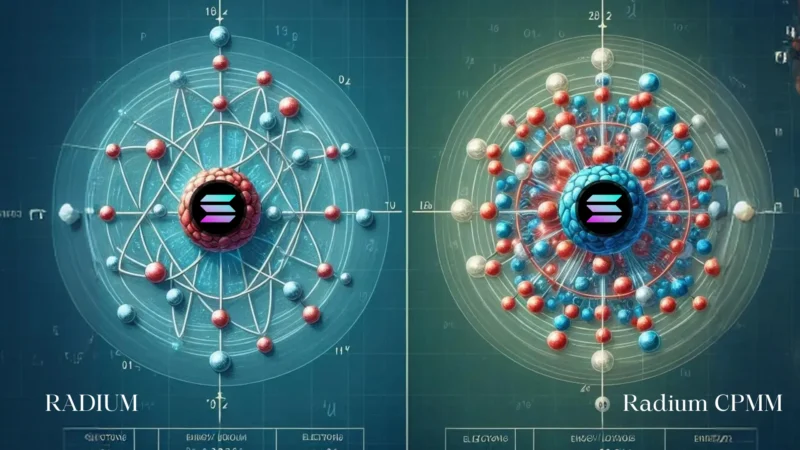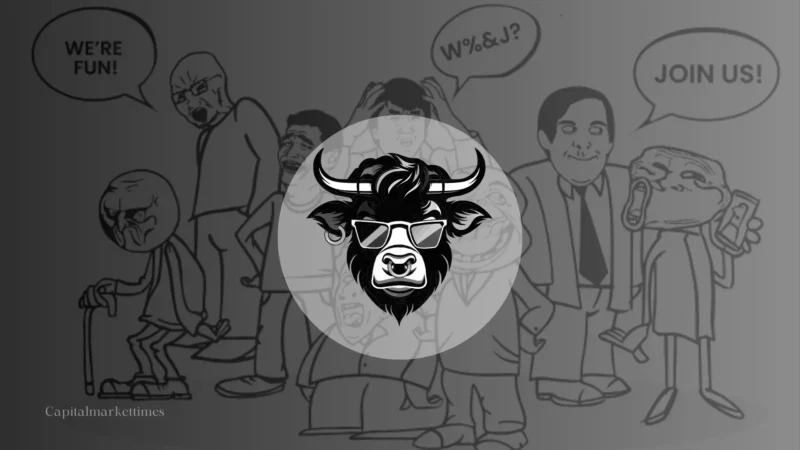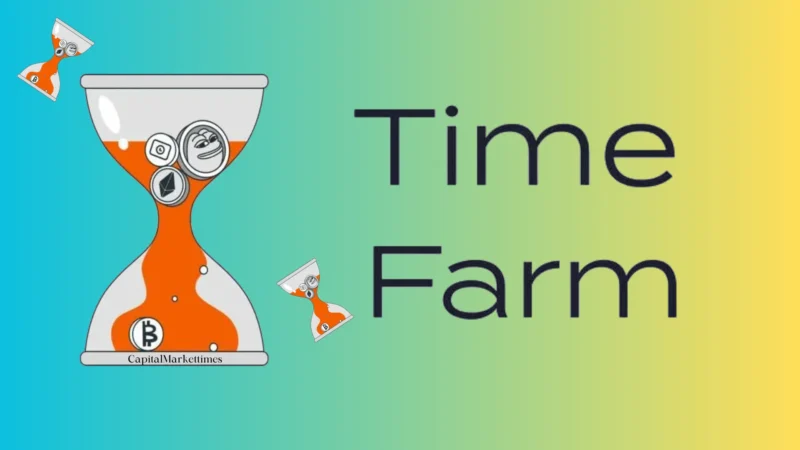Bitcoin Halving 2024: How It Will Impact The Crypto Market?

Bitcoin halving is a process that ensures the limited supply and deflationary nature of Bitcoin, the first and most popular cryptocurrency. It occurs every 210,000 blocks, which is roughly every four years, and reduces the block reward for mining new bitcoins by half.
In this article, you will learn what BTC halving is, how it affects the supply and price of Bitcoin, and what to expect from the next Bitcoin halving 2024.
Table of Contents
Bitcoin Halving: Its History and Overview

Source: Bitbo
Bitcoin halving is an event that occurs every four years when the reward for mining new blocks on the Bitcoin network is reduced by half. This reduces the rate of new Bitcoin creation and affects the supply and demand dynamics of the cryptocurrency.
The block reward started at 50 bitcoins in 2009, when Bitcoin was launched, and has halved every 210,000 blocks, or approximately every four years, since then. The current block reward is 6.25 bitcoins; the next halving will reduce it to 3.125 bitcoins. The total number of bitcoins that will ever be created is capped at 21 million.
The block reward is the incentive that motivates miners to validate transactions and secure the network. Bitcoin halving 2024 is expected to take place in April when the block reward will drop from 6.25 to 3.125 bitcoins per block. The last bitcoin is expected to be mined in the year 2140.
How Does Bitcoin Halving Work?
BTC halving can lead to a higher demand and price for Bitcoin, as seen in past halvings, although the short-term price may be volatile and unpredictable.
BTC halving also affects the miners, who have to find new ways to optimize their operations and reduce their costs, as their revenues decrease. This can result in the development of more advanced and powerful mining hardware, as well as the consolidation or exit of less efficient miners.
The Block Reward And The Mining Difficulty
The block reward is the number of bitcoins that a miner receives for adding a new block of transactions to the Bitcoin blockchain. This is the main source of income for miners, who also collect transaction fees from the users.
The mining difficulty measures how hard it is to find a new block of transactions on the Bitcoin network. The difficulty adjusts every 2016 block, or approximately every two weeks, to maintain a constant average time of 10 minutes between blocks.
In Addition, the difficulty increases when more miners join the network and compete for the block reward, and decreases when some miners leave the network and reduce the competition. The difficulty affects the profitability and efficiency of miners, as it determines how much computing power and electricity they need to mine a new block.
How Does Bitcoin Halving 2024 Affect The Crypto-Economy?
BTC halving has a significant impact on the crypto-economy, as it affects the supply, demand, and price of Bitcoin, as well as the profitability and efficiency of miners. The process can have both positive and negative effects on the crypto economy, depending on various factors, such as market sentiment, innovation, and regulation.
The Supply And Demand of Bitcoin
Bitcoin halving reduces the supply of new bitcoins entering the market, creating artificial scarcity and increasing the difficulty of mining. This can lead to a higher demand and price for Bitcoin, as seen in the past halvings, although the short-term price may be volatile and unpredictable. For instance, the first BTC halving in 2012 was followed by a 9000% increase in the price of Bitcoin in the next year, from $11 to $1,000.
The second Bitcoin halving in 2016 was followed by a 2800% increase in the price of Bitcoin in the next year, from $650 to $19,000. The third Bitcoin halving in 2020 was followed by a 500% increase in the price of Bitcoin in the next year, from $8,500 to $50,000.
However, these price movements are not solely caused by the halving, but also by other factors, such as the market sentiment, the innovation, and the regulation. Therefore, the price of Bitcoin after the next halving in 2024 is uncertain and speculative.
The Profitability And Efficiency of Miners
Bitcoin halving also affects the miners, who have to find new ways to optimize their operations and reduce their costs, as their revenues decrease. This can result in the development of more advanced and powerful mining hardware, as well as the consolidation or exit of less efficient miners.
For example, after the third Bitcoin halving in 2020, the hash rate of the Bitcoin network dropped by 16%, as some miners turned off their machines or switched to other cryptocurrencies.
However, the hash rate recovered quickly, as new and more efficient mining rigs entered the market, and the mining difficulty adjusted accordingly. The Bitcoin halving 2024 will have a similar effect on the mining industry, as the miners will have to adapt to the changing market conditions and compete for the reduced block reward.
Conclusion
Bitcoin halving is a fundamental mechanism that governs the issuance and value of Bitcoin, the leading cryptocurrency. BTC halving occurs every four years or so and reduces the block reward for mining new bitcoins by half. The next bitcoin halving is expected to take place in April 2024, when the block reward will drop from 6.25 to 3.125 bitcoins per block. Bitcoin halving affects the supply, demand, and price of Bitcoin, as well as the profitability and efficiency of miners. Bitcoin halving also fosters innovation and resilience, distinguishing Bitcoin from fiat currencies that are unlimited in supply and prone to inflation.
FAQs
How can I prepare for the Bitcoin halving 2024?
Preparing for the next Bitcoin halving 2024 requires a focus on goals, preferences, and risk tolerance. You can also use various tools and platforms to track the Bitcoin halving countdown and monitor the Bitcoin price and market trends.
What are some of the benefits and challenges of Bitcoin halving?
Some of the benefits of Bitcoin halving are scarcity, excessive inflation, controlled supply, innovation, and competition among miners. Disadvantages include a reduction in incentives and revenues for miners, risk of centralization, and market uncertainty and volatility.






